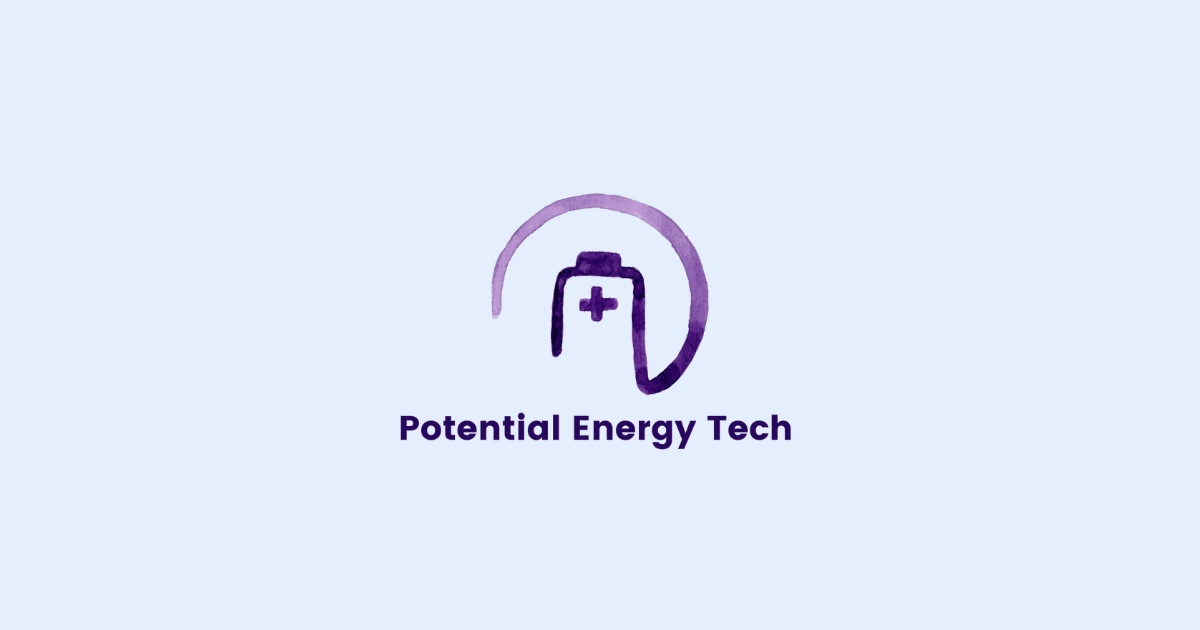It’s one thing to lose an away game but we are about to forfeit a home field advantage.
The real question: is there a customer willing to pay a premium for domestic materials?
As Celina said at The Battery Show:
Our government contracts could drive the industry.
The US government is a customer willing to pay a premium price to ensure that supply chain issues do not create national security issues. So while grant funding and government support is halted, it is defense contracts that we must look to.
When Uncle Sam isn’t coming to save us, could our own government contracts save the industry?
Welcome to Market Calculations, sponsored by DOD darlings.
Sizing the Market in 60 Seconds
Market sizing revolves around three simple acronyms: TAM, SAM, and SOM.
TAM (Total Addressable Market) is the dream number. The total revenue opportunity if you somehow sold to every possible customer in the world.
SAM (Serviceable Available Market) narrows that down to the customers you can realistically serve given your product type, tech readiness, and geography.
SOM (Serviceable Obtainable Market) is your actual target share. What you can capture in the near term based on your resources, strategy, and competition.
“If your market is in trillions no one believes you, and if your market isn’t in the billions no one wants to work with you.” - Joshua McKenty, Wilbe lecturer
The best way to get credible numbers isn’t to Google “how big is the battery market” and slap a trillion-dollar stat in your deck.
Do a bottom-up analysis: start from real customer counts, pricing, and buying frequency. Investors love that because it shows you actually know the ground you’re standing on.
⚡The Calcs
As battery people, we love everything in GWh, so the Li-ion market sizing starts there.
We then adjust:
GWh to $
From system-level to cell-level energy
And from cell cost to cathode active material (CAM) share
All assumptions and sources for this analysis live behind our paywall :).

Now do we suggest building an entire company to sell to only one customer? No, but $63M isn’t bad revenue to supply CAM to one gigafactory!

